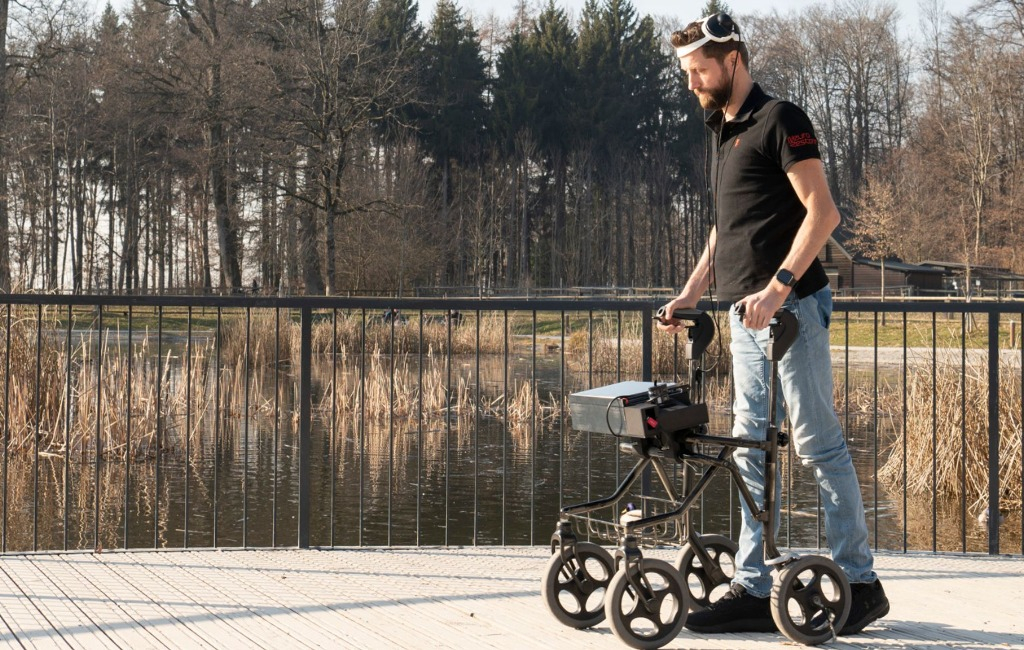Computer Interface Enables Paralyzed Man to Stand and Walk Again
By Hira Waheed
24 May 2023
In a groundbreaking medical achievement, a man who was paralyzed in a cycling accident in 2011 has defied the odds and regained the ability to stand and walk with the help of a revolutionary brain-computer interface. The implant, which reads brain waves and stimulates the spinal cord, has provided hope for individuals living with paralysis.

Reconnecting the Brain and Spine: The "Digital Bridge" Approach
Gert-Jan Oskam, a 40-year-old from the Netherlands, had been informed that he would never walk again following a severe neck injury sustained in a traffic accident in China. However, after undergoing a transformative operation, he has achieved remarkable milestones, including climbing stairs and walking distances exceeding 100 meters.
From Robotic Steps to Natural Movements: The Latest Breakthrough
In an earlier trial, Oskam had tested a system that allowed him to take steps by sending signals from a computer to his spinal cord. Although it enabled some movement, the process was somewhat mechanical and required external triggers. The recent advancement involved the installation of electrodes on Oskam's brain by Prof Jocelyne Bloch, a neurosurgeon at Lausanne University hospital in Switzerland.
A Bridge Between Brain and Muscles
By detecting neural activity in Oskam's brain when he attempted to move his legs, the implanted electrodes collected readings that were processed by an algorithm. These readings were then converted into pulses and transmitted to additional electrodes in his spine. The pulses stimulated the nerves in the spinal cord, triggering the muscles necessary for intended movement.
Promising Results and Potential for Rehabilitation
Although the device does not produce seamless strides, Oskam noted that the implant allowed for more natural movements as he could initiate and control standing up and walking by simply thinking about the actions. Furthermore, after undergoing over 40 training sessions with the implant, Oskam experienced regained control over his legs even when the device was switched off. Prof Grégoire Courtine from the Swiss Federal Institute of Technology in Lausanne believes that reconnecting the brain and spine aids in regenerating spinal nerves and restoring lost control.
However, challenges lie ahead as arm and hand movements are more complex than walking.
A Hopeful Outlook
With Gert-Jan Oskam demonstrating progress more than a decade after his accident, the research team believes that patients with more recent injuries may fare even better. Prof Courtine emphasizes the significance of timing, stating that applying the "digital bridge" shortly after a spinal cord injury holds tremendous potential for recovery. This breakthrough offers a glimmer of hope for those affected by paralysis, paving the way for future advancements in neural interfaces and rehabilitation techniques.
You Might Also Want To Read This
Popular Posts







